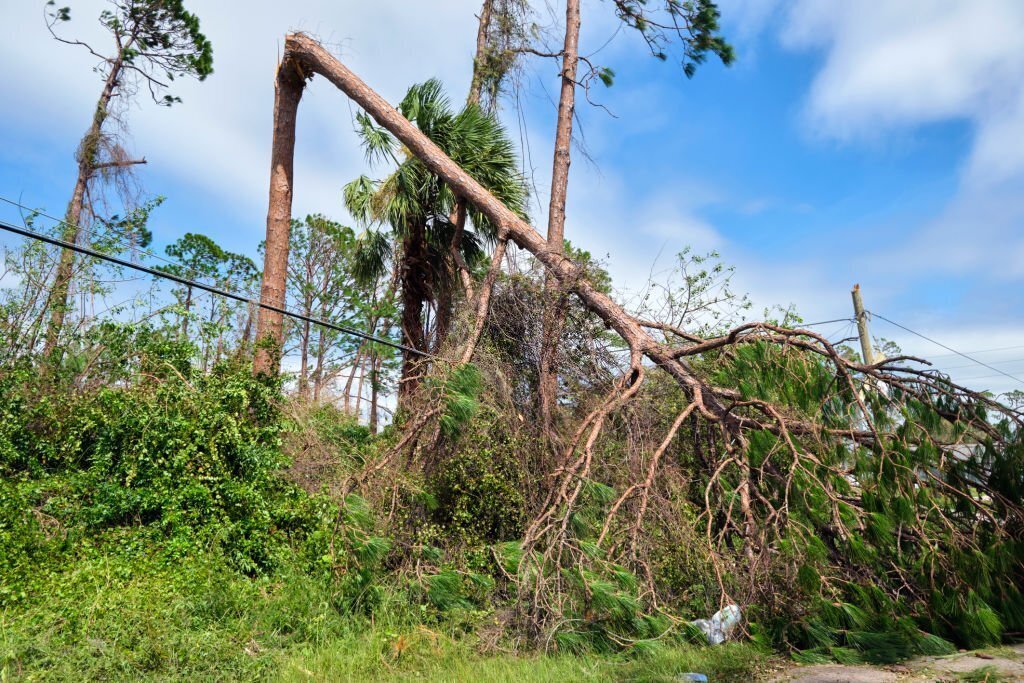The Importance of Hazardous Tree Removal: Should You Remove Dead Trees Immediately?
In the scenic settings of our neighborhoods and natural landscapes, trees stand as majestic symbols of beauty and life. However, amidst this splendor, there is a hidden danger—dead trees. Not only do dead or decaying trees diminish the visual appeal of our surroundings, but they also pose significant safety risks to both people and property. As caretakers of our environment, it’s critical to consider whether immediate removal of dead trees is necessary.

Understanding Hazardous Tree Removal
Hazardous tree removal is a crucial part of tree management, focusing on the safe and systematic removal of trees that are dead, dying, or structurally unsound. Various factors such as disease, pest infestation, storm damage, or natural aging can turn trees into hazards. When trees deteriorate or are damaged, they become weak, increasing the likelihood of falling and creating potential dangers.
The Importance of Proactive Tree Care
Proactive tree care is essential for maintaining the health and safety of our environment. Regular inspections and maintenance identify potential hazards early, allowing for timely interventions. Effective tree care practices, including pruning, disease management, and hazard assessments, help prolong the life of trees and reduce risks associated with dead or compromised trees.
Assessing the Risks: The Dangers of Dead Trees
Dead trees pose several risks that go beyond simple inconvenience. Here are key reasons why removing dead trees is a priority:
- Property Damage: Dead trees can collapse suddenly, particularly in bad weather, causing significant damage to homes, vehicles, and other structures.
- Safety Hazards: The risk of falling branches or entire trees can lead to severe injuries or even fatalities. Removing these trees promptly helps mitigate these risks, ensuring safety for everyone in the vicinity.
- Pest Infestation: Dead trees can attract pests like termites and wood-boring beetles, which may then spread to nearby healthy trees, causing further damage.
- Aesthetic Impact: Dead or decaying trees can significantly detract from the visual appeal of an area, reducing both ambiance and property value. Removing these trees helps maintain the aesthetic integrity of the environment.
When to Remove Dead Trees
The decision to remove dead trees should follow a thorough evaluation of the tree’s condition and the associated risks. Immediate removal is generally advised for trees that pose a direct threat to safety or property. However, other factors might influence the timing of removal, including:
- Safety Concerns: The presence of immediate dangers to life and property necessitates urgent removal.
- Disease and Decay: Advanced decay or disease in a tree might necessitate quicker action to prevent the spread of pathogens.
- Seasonal Considerations: Certain times of the year may be more suitable for tree removal, depending on weather conditions and wildlife activity.
- Proximity to Structures: Trees that are close to homes, power lines, or other critical infrastructure should be removed promptly to prevent potential damage.
The Role of Professionals in Hazardous Tree Removal
Hazardous tree removal is complex and potentially dangerous, requiring expertise, specialized equipment, and strict adherence to safety protocols. Employing certified arborists or professional tree care services ensures that dead trees are removed safely and efficiently, minimizing risk to both people and property.
Conclusion
Removing dead trees is not just about improving aesthetics—it’s a crucial step in maintaining safety and protecting property. By prioritizing timely hazard assessments and proactive tree care, property owners can effectively manage the risks associated with dead or decaying trees. When facing hazardous tree removal, prompt and professional action is essential to prevent potential disasters.
FAQ
When should dead trees be removed?
Dead trees should be removed promptly if they pose a safety risk or exhibit signs of significant decay. The urgency of removal depends on factors like the tree’s proximity to structures and seasonal considerations.
What are the risks of not removing dead trees promptly?
Delaying the removal of dead trees can lead to safety hazards, property damage, aesthetic decline, and the spread of pests and diseases to healthy trees. Prompt removal is crucial to mitigate these risks.
